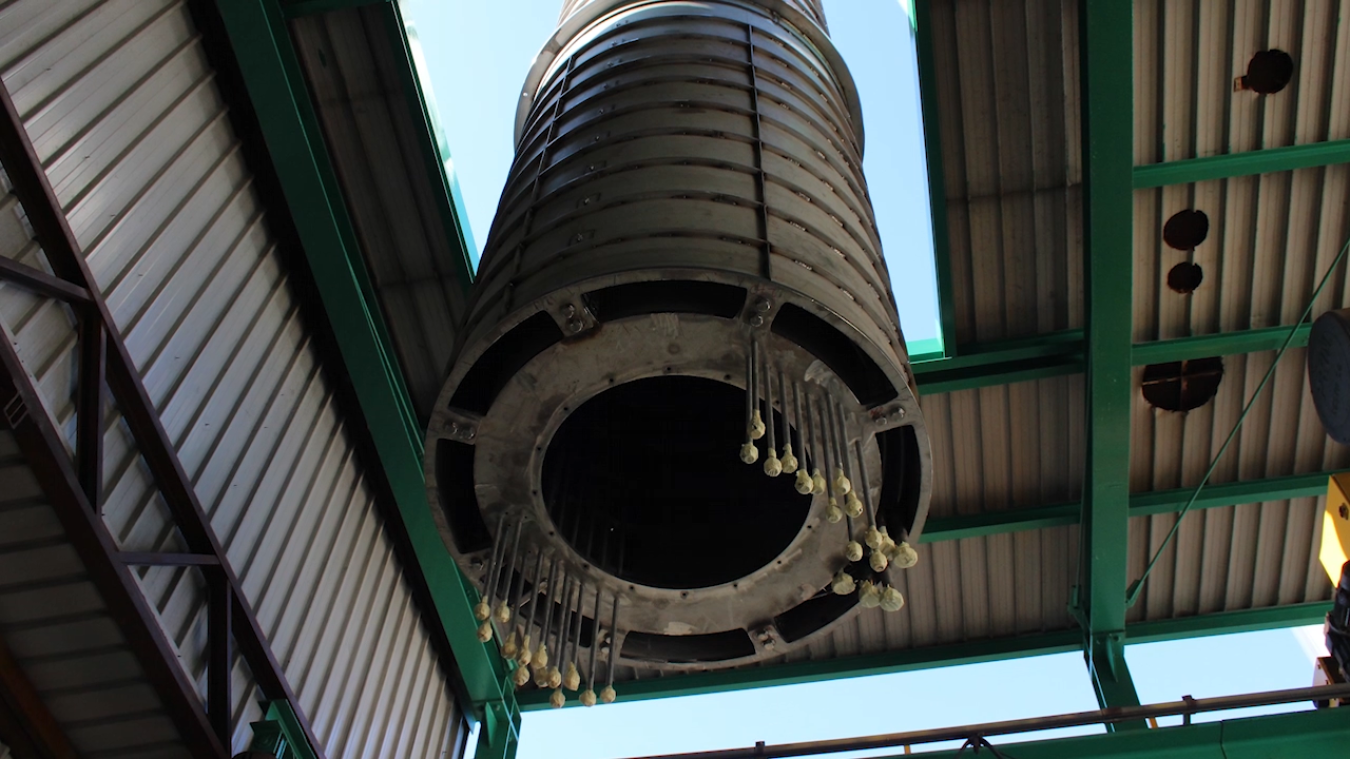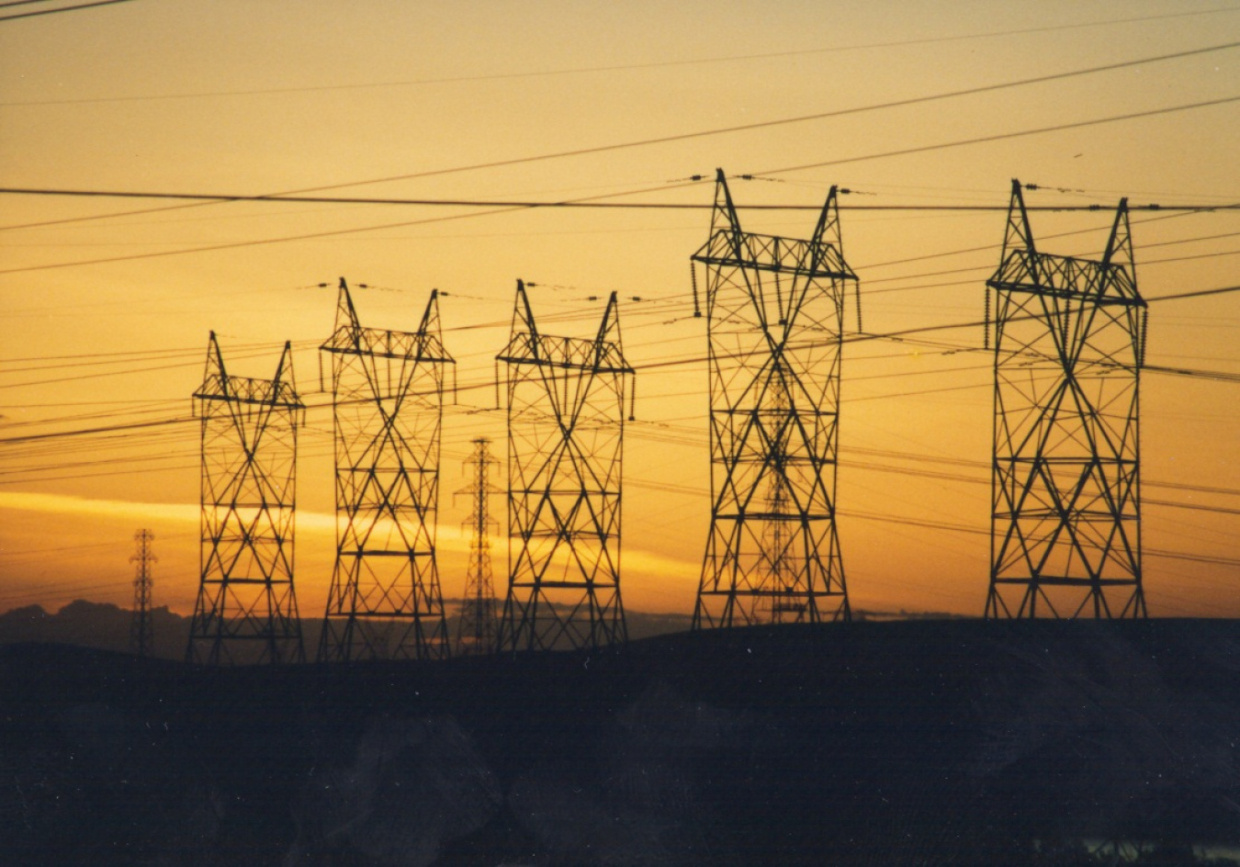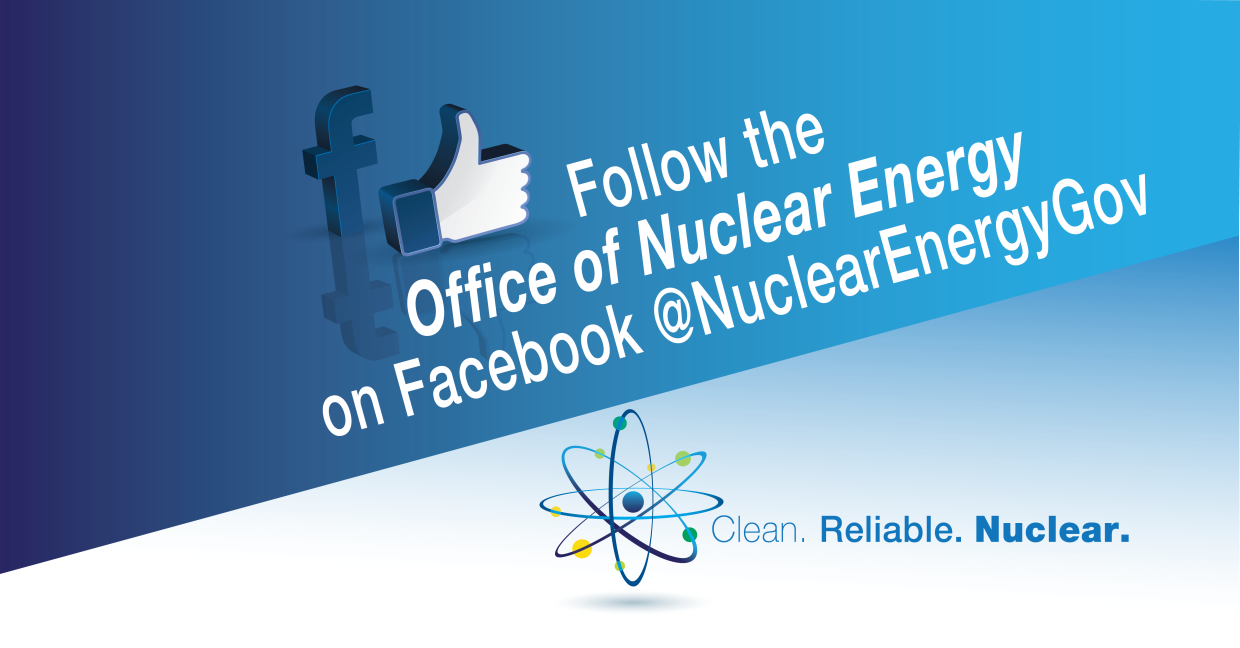The Department of Energy recently released a report that dives into advanced small modular reactors and their ability to boost grid resiliency.
January 25, 2018The U.S. Department of Energy estimates power outages are costing American businesses around $150 billion per year.
That’s a lot of money that could be reinvested back into the economy.
The truth is, having a resilient power source not only saves money but also maintains the critical resources our country needs to be safe and secure.
DOE recently released a report that dives into the emerging technology of advanced small modular reactors (SMRs) and their ability to flexibly provide carbon-free power in response to outages caused by severe weather and physical threats to the grid.
Resiliency Benefits of U.S. Advanced SMRs

NuScale Power LLC's SMR features a walk away safety design that was recently approved by the Nuclear Regulatory Commission.
There are a number of benefits to SMRs, ranging from increased safety features that passively cool reactor cores without the need for operator action to better financing options thanks to quicker construction times, less components and smaller sizes.
According to the report, U.S. military and other national defense facilities, such as DOE’s national laboratories, are prioritizing backup power sources to maintain operations.
SMRs, coupled with transmission upgrades, can also help meet these resiliency needs in a number a ways:
Fuel Security
SMRs can easily store up to two years’ worth of fuel on-site, allowing them to maintain power during and after extreme weather events or other threats to the grid.
Flexibility
Certain designs, like DOE-supported NuScale Power, LLC, can vary their energy output over days, hours and even minutes. This allows SMRs to respond quickly to a grid outage and adjust to changing load demands.
SMRs can also start up from a completely de-energized state without receiving energy from the grid. This can help the grid meet system requirements in terms of voltage, frequency and other attributes when recovering from an outage.
Security
In-ground construction of SMRs make them less vulnerable to extreme weather events and other physical attacks on the grid. They also use minimal electrical parts that reduce vulnerability to electromagnetic pulses.
Independent Operation
SMRs can operate connected to the grid or independently, allowing them to power a campus facility in the event of grid failure.

Read the Full Report
Improving Resiliency at Oak Ridge National Laboratory
The report looks specifically at how SMRs operated by the Tennessee Valley Authority could help meet the resiliency needs at Oak Ridge National Laboratory—DOE’s largest consumer of electricity.
The lab plays an important role in nuclear energy research and technologies, as well as national security. It’s also home to some of the most powerful supercomputers in the world that require a continuous supply of energy to safeguard analytical results and the machines.
The report, conducted by Kutak Rock and Scully Capital for DOE’s Office of Nuclear Energy, builds on a January 2017 report that provides guidance for federal agencies on purchasing SMR-generated power. It also lists a set of recommendations that include utilizing SMRs on-site for future research and the production of medical isotopes.

Follow Us on Facebook

